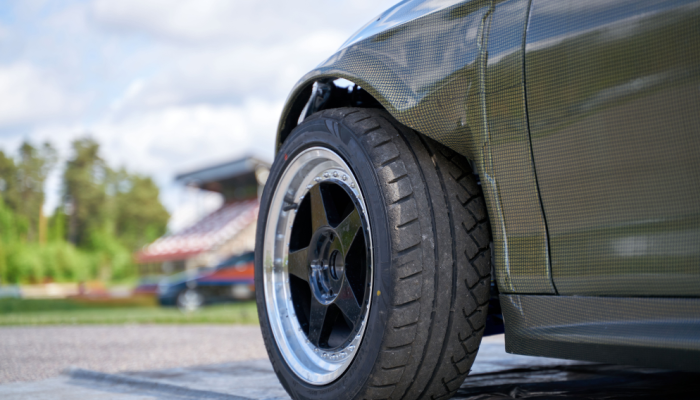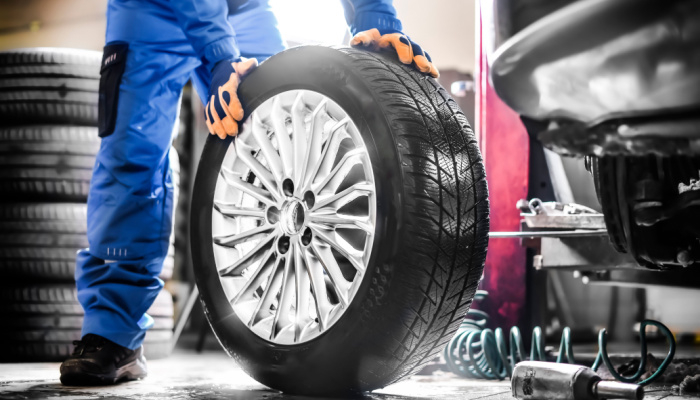Each component of a car plays a crucial role in ensuring a smooth ride, and one of the most important parts is the tire. It affects the vehicle’s performance, safety, and fuel efficiency. Tires are also the only part of a car that comes in direct contact with the road, and their condition greatly impacts a car’s handling, stability, and braking ability. Therefore, investing in a top-quality tire can enhance the driving experience and prevent accidents caused by tire failure. Here are some things to look for when choosing a high-quality tire.
1. Tread Design
Tread design refers to the pattern of grooves and channels on the tire’s surface. The tread design affects how the tire grips the road and performs in different weather conditions. Tires with deeper grooves and channels are better suited for wet or snowy conditions, as they provide better traction and help to prevent hydroplaning.
2. Fuel Economy

Tires are one of the biggest expenses you’ll make for your car. It’s a good idea to find out how much you’re saving in fuel alone by switching to a new set of tires. You need to multiply the cost of your new tires by the amount you save on fuel each month. If you drive on a highway or drive frequently, it’s even more advantageous to get a set of high-performance tires that give better gas mileage (though they cost more).
3. Size and Load Capacity
Tire size is determined by the tire’s diameter, width, and aspect ratio. A tire with the correct size will ensure proper handling, acceleration, and braking. Load capacity refers to the maximum weight a tire can support. It is crucial to choose a tire with the appropriate load rating to ensure the vehicle’s safety and performance.
But aside from that, the size of your tires means everything regarding how much control you have over the road and your fuel mileage. Tire sizes are so important that you should always look up the information on your car before buying any tires.
4. Tread Compound
The composition of the tread compound affects the tire’s performance characteristics, such as traction, handling, and durability. Different types of tread compounds are used for different types of tires, and they are formulated to provide specific benefits such as enhanced grip on wet or dry roads, increased durability, or improved fuel efficiency. For example, summer tires often use a harder compound to improve handling and cornering performance, while winter tires use a softer compound to maintain flexibility and grip in cold temperatures.
5. The Vehicle’s Condition

Tires are a vital safety device, and they’re only as good as the condition of your car itself. If you need help with your rear end, you will need a new set of tires. A vehicle with suspension problems or rust damage to the undercarriage will also affect your ability to drive with new tires. The best thing you can do is get a car inspection to know the vehicle’s body condition. You’ll have a much easier time finding a good set of tires, and you’ll be able to concentrate on your driving, not the car.
Choosing the right tires for your vehicle can be frustrating, but with a little research and patience, you’ll soon have a new set of road-safe tires. Working with an experienced auto service professional is always recommended so that you can get all of your questions answered.

